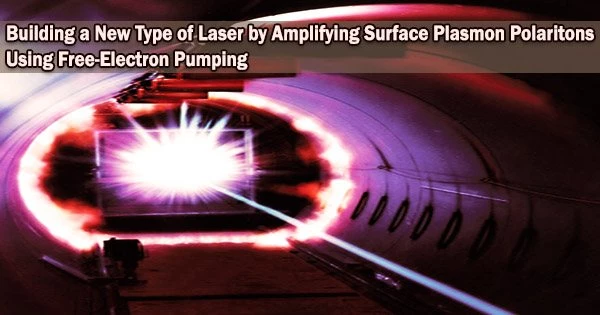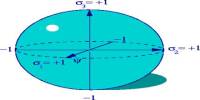A new method for creating a laser that can emit light with a broad spectrum of wavelengths has been created by a team of researchers from the Chinese Academy of Sciences in collaboration with a colleague from ShanghaiTech University and another from Zhangjiang Laboratory.
The team outlines its new laser and the ways it can be regulated in their research that was published in the journal Nature. In a News & Views article, Harvard University’s Nicholas Rivera describes how traditional lasers operate as well as the method the Chinese researchers came up with. The team at CAS has also posted two papers on the academy’s website outlining the work.
Despite its limitations, the invention of the laser, as noted by Rivera, had a significant influence on scientific research and the creation of commercial products. Practicality is decreased since a laser is typically limited to generating light at a specific wavelength.
This issue is solved by a different kind of device known as a free-electron laser, but those produced using the method are large and expensive. With this new endeavor, the researchers adopted a novel strategy in contrast to the conventional method of producing laser light.
The new method is rather straightforward and involves firing an iron wire at an angle with light from a regular laser. The femtosecond range is the length of the laser pulse. This leads in the creation of an electric field throughout the whole length of the wire, which then attracts electrons from the iron atoms that make up the wire’s outer border.
Additionally, it accelerates the electrons down the wire’s length to a high speed. The wire functions as a source, a channel, as well as an optical medium in the configuration. These circumstances lead to spontaneous emissions that take the shape of an electromagnetic wave that travels through the wire and interacts with the free electrons in each pulse, which causes spontaneous emissions of additional, more mobile electrons remaining in the wire.
The wave continues as laser light when it encounters the wire’s termination. Two different crystal types, zinc telluride and terbium gallium garnet, were used to control the laser light.
















